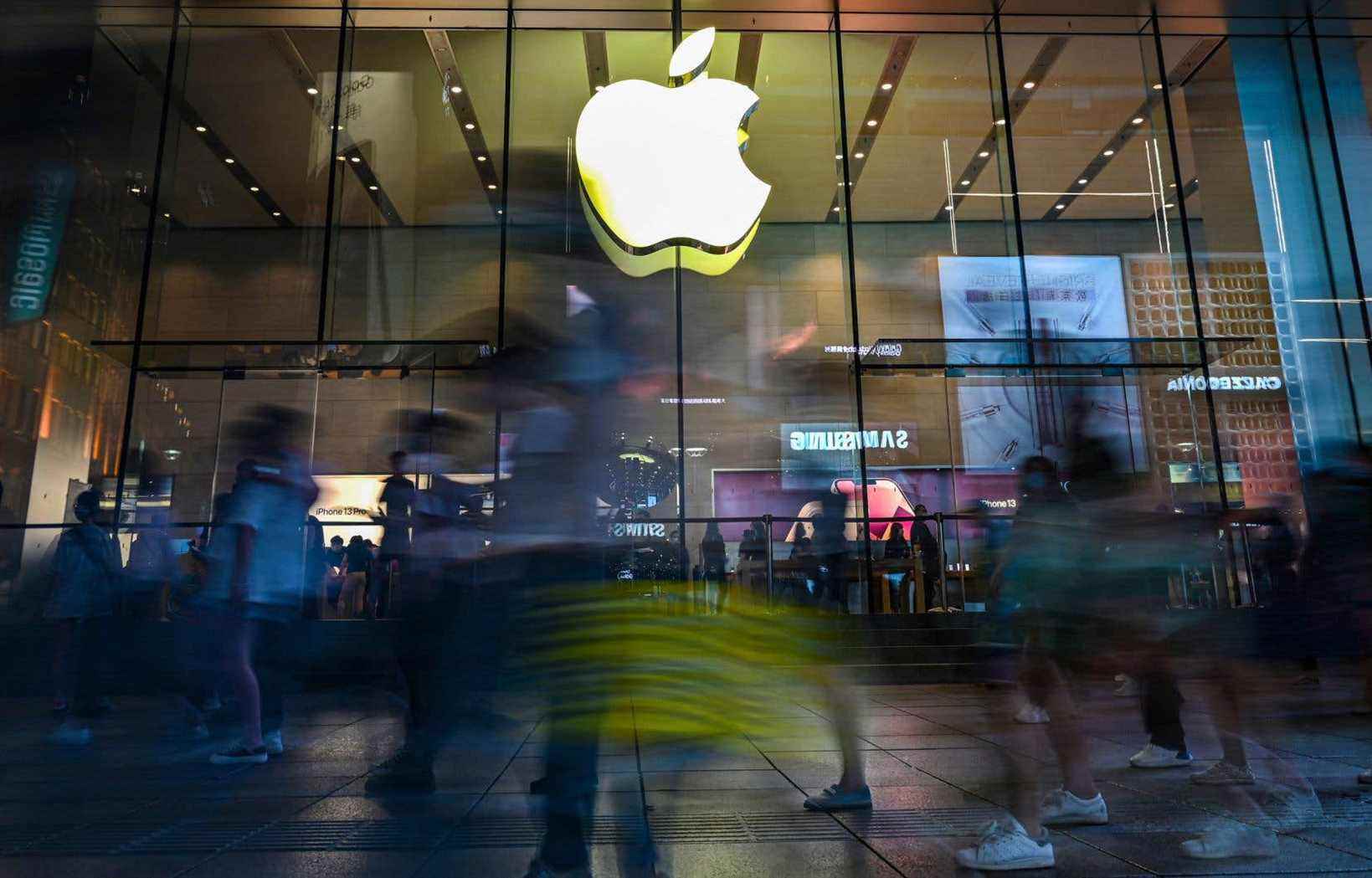The largest technology company on the New York Stock Exchange, Apple is also the one that has emerged the best from the slide of the Nasdaq over the past six months. Bob Borchers, vice president responsible for global marketing for the Californian brand, believes that his most recent iPhone illustrates the keys to this resilience.
The iPhone SE is not the most high-end model in Apple’s catalog, on the contrary. Its format is reminiscent of predecessors that were three or more years old. Its dimensions do not equal those of competing products of the same price. But by incorporating the processor from the iPhone 13 and a 5G antenna – more important for wireless providers than for consumers – Apple is betting on its safe bets.
Does the iPhone SE represent what Apple does best? At least that’s the impression that Bob Borchers wishes to leave to consumers. “Our goal with iPhone has always been to combine the right hardware with the right software and the right services,” he tells the Homework, in a rare official interview with Canadian media given by a senior Apple executive.
“It just works” has long been a mantra of late co-founder Steve Jobs. Apple’s strategy has since revolved around this concept. Bringing the development of processors, which for years have been provided by Intel, into an internal division called Apple Silicon, aims to fulfill Jobs’s promise: “this is what allows us to offer more advanced software functions and a continuity across our product line,” says Bob Borchers.
Apple critics criticize the jealousy with which the company defends its “closed ecosystem” of devices and accessories. Everyone in telephony has embraced the USB-C charger except Apple, which continues to use the Lightning connector exclusive to its products.
That doesn’t seem to be changing anytime soon. The launch alongside the iPhone SE of a new desktop computer called Mac Studio indicates that Apple feels able, thanks to its stranglehold on the evolution of its hardware and software components, to target increasingly new markets. more nestled, which might not have been possible otherwise.
Single integration
Apple is one of the few manufacturers of electronic devices with Microsoft – and more recently Google – to produce their own hardware and the software that drives them, then to offer under the same brand a range of productivity and entertainment services sold by subscription. You can get an iPhone SE and get free access to Apple TV+ movies and TV shows for a year.
This hits the target: the iPhone accounted for 56% of the Canadian smart phone market at the end of February, according to the specialized Web service StatCounter (manufacturers do not share this type of information). Samsung (29%) and Google (3%) come next.
Statistics that appeal to analysts and investors. On the stock market, Apple was worth at its peak just over 3 trillion (3 trillion) US dollars earlier this winter. Despite the drop in recent weeks, Apple’s stock is currently worth 23% more than it was six months ago. Over the same period, the Nasdaq, the technology index of the New York Stock Exchange, fell by 1.4%.
After Apple, Microsoft is the second best-performing tech giant of the past six months. Its stock gained 7%.
Not only do the 28 major analysts who closely follow Apple’s stock see its stock market value return to those short-term highs, but they also believe that Apple will continue to hit new highs in the coming months. Their average target price within a year would place the value of Apple in New York at around US$3.2 trillion. The company is currently worth US$2.88 trillion.
Limits in wireless
Pundits and analysts have lent Apple a host of ambitions over the past 15 years that turned out to be false: 4K TVs, self-driving cars, banking services and even… its own wireless network.
This does not happen. The iPhone is important to Apple. It is just as important for North American wireless providers, since it allows them to sell their most expensive, and therefore most profitable, mobile plans.
There is therefore no question for Apple to launch into wireless. “It’s up to the network operators to sell 5G well to consumers,” says Bob Borchers. Costing half the price of the iPhone 13, the $580 iPhone SE is the best way for Apple to make 5G accessible to more consumers, he says. But that’s all.
Or maybe not? Apple was still quick to adopt eSIM technology, which allows you to connect an iPhone, iPad or even an Apple Watch to the network of your choice without obtaining a small SIM card from the desired provider. And the vice-president of Apple admits: “it is a technology which, in the hands of consumers, has indeed a lot of potential”.
Enough to feed the rumor machine while waiting for the next generation of iPhone…
